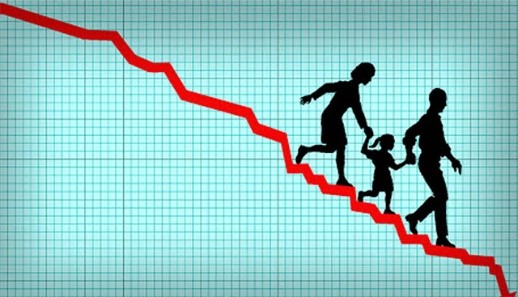Free Courses Sale ends Soon, Get It Now


Free Courses Sale ends Soon, Get It Now



Disclaimer: Copyright infringement not intended.
Context
Total Fertility Rate (TFR)
Recent Reports
Discrepancies in TFR:
Factors Driving Demographic Transition
Immediate and Long-Term Impacts
Regional Disparities and Transition Dynamics
Economic Implications and Labor Dynamics
Implications for Education
Women's Workforce Participation
Labor Dynamics and Sectoral Redistribution
Spatial Redistribution of Labor
Asia 2050 Report
Policy Considerations
Closing Remarks
MUST READ ARTICLE: https://www.iasgyan.in/daily-current-affairs/indias-fertility-rate
|
PRACTICE QUESTION Q. Critically analyze the implications of declining fertility rates on socio-economic dynamics in India. Discuss the factors influencing fertility rates and their interplay with demographic transition. Evaluate the policy measures needed to address the challenges posed by declining fertility rates and harness the potential benefits for sustainable development. |
© 2024 iasgyan. All right reserved